The England-Scotland border ‘badlands’, where tragic history and epic scenery converge
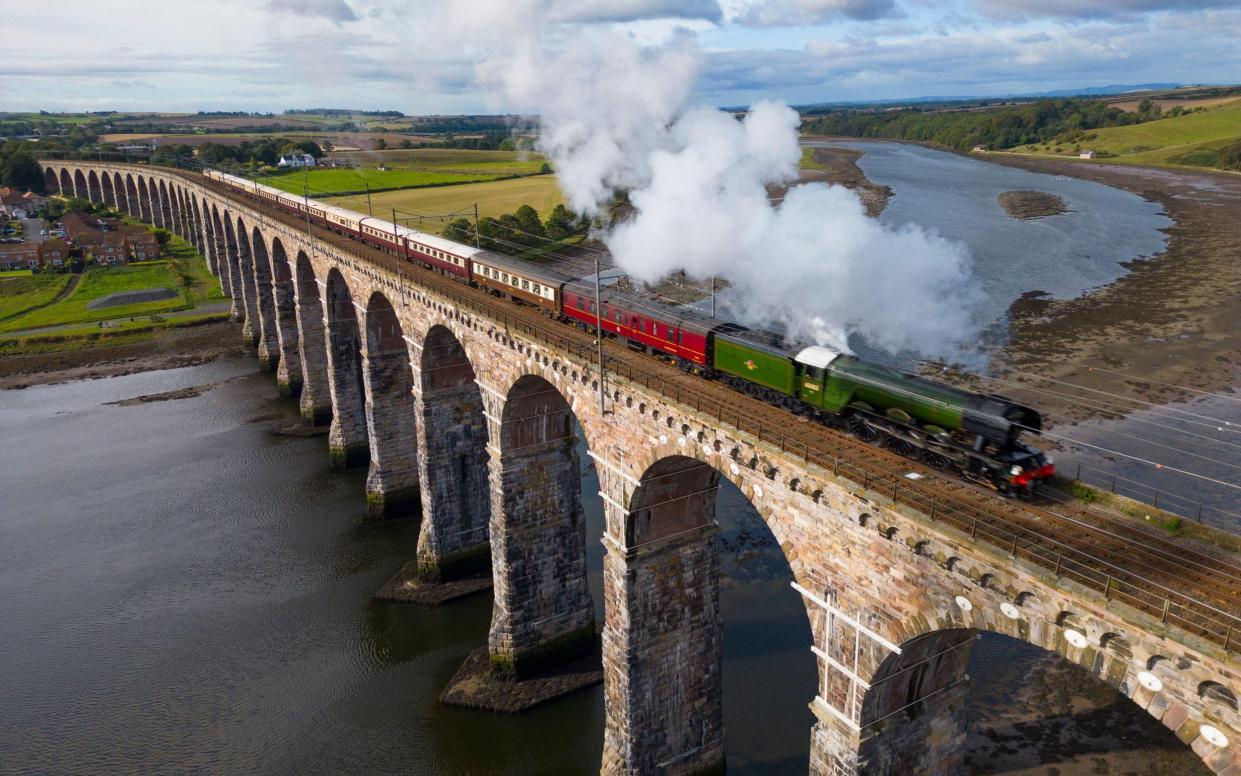
- Oops!Something went wrong.Please try again later.
- Oops!Something went wrong.Please try again later.
There is something inherently intriguing about borders. That line on a map takes on added spice when the two countries are locked in constitutional flux.
The Scotland and England frisson I feel today is no surprise when you scratch the surface of rugged badlands once alive with smugglers and brigands, where past and present constantly intertwine. In border countries, contradictions are the default; fixed positions are fluid.
Arriving by train into Berwick-upon-Tweed I’m pitched straight into the enigma by a giant sign discarded by the track. It reads ‘Royal Border Bridge’.
Clearly a misnomer: the River Tweed does indeed mark a border, but it’s the old Scottish one crossed by Edward I on his way to sacking Berwick, then Scotland’s largest east coast port, in 1296.
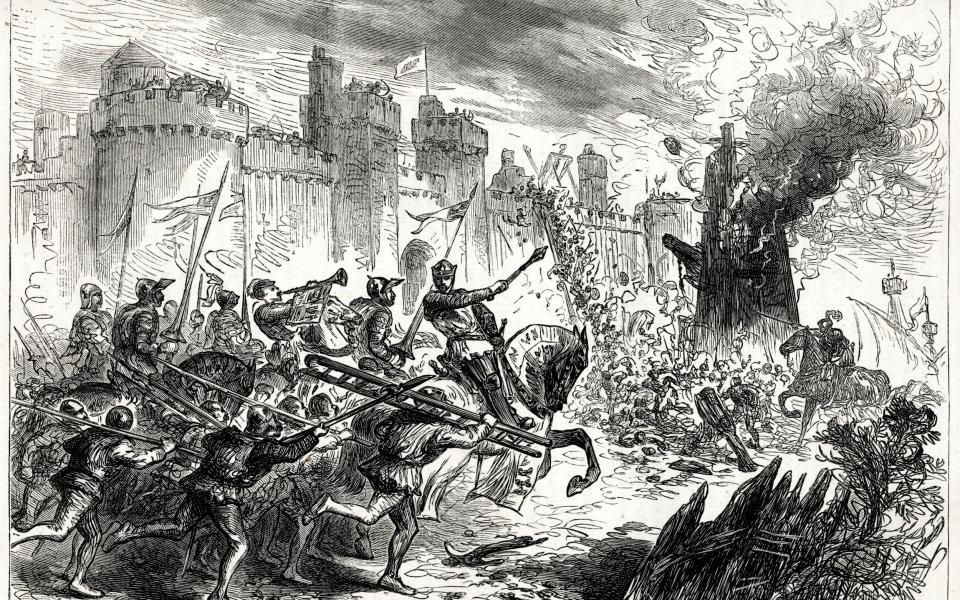
The Scottish reaction to the massacre of civilians he ordered was furious and Berwick was torn between the countries 13 times before finally capitulating in 1482.
The artist Laurence Stephen Lowry (1887-1976) painted famously dream-like scenes of his beloved Berwick, but you cannot miss the darkness, not when one of William Wallace’s dismembered limbs lies interred within the town walls.
A sign leads to the formidable Scotch Gate, erected to keep my ilk out. It fails to prevent me rampaging into the old town. Vying for top billing in the bakery are Cornish pasties and Scotch eggs – in the spirit of culinary unity I buy both for a picnic lunch hiking across the border.
I don’t need a map to tell me I’m straddling a fault line – in Berwick I find Union Jacks and St. George’s Crosses, but also a few Saltires.
The King’s Own Scottish Borderers march to all three, a Scottish regiment with an English museum, proud of a fierce history battling the Scottish Jacobites, including Culloden.
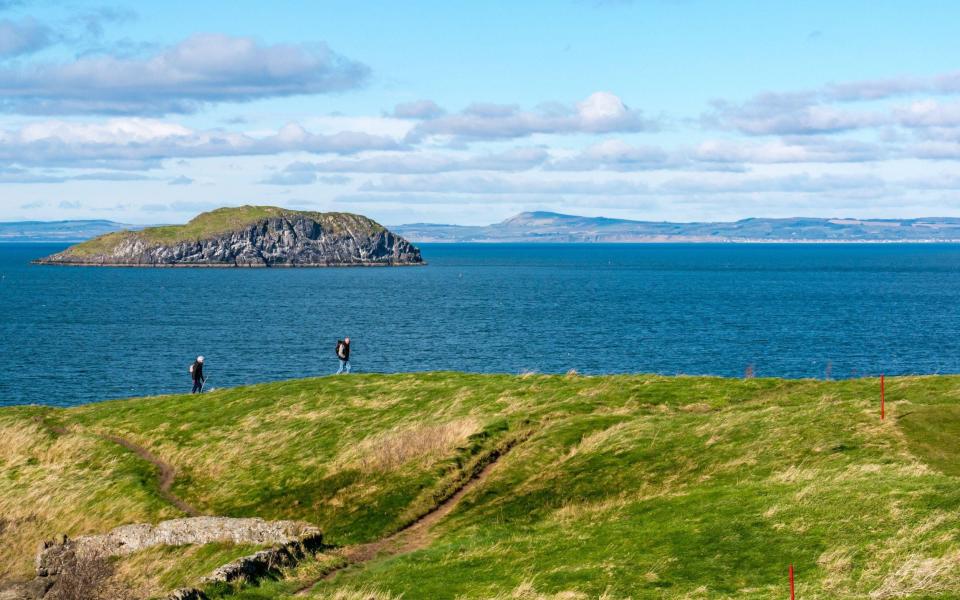
The local football team, Berwick Rangers, are equally confused, languishing in the lower leagues not of England, but Scotland, their proudest day in 1967 knocking their Glaswegian namesakes out of the Scottish Cup.
Berwick-upon-Tweed’s unmissable sight – in every way – is its vaulting fortified walls. They are one of England’s unmissable historic attractions, the biggest capital project of Elizabeth I’s reign and the most impressive contemporaneous walls left standing in Europe. But today it’s just me and a couple of dog walkers yomping around the bulbous bastions.
The North Sea glowers ahead. From across its waters, France, bosomed with Scotland in what De Gaulle once hailed “the oldest alliance in the world”, threatened England for centuries.
The England Coast Path soon reveals its charms. The website of the Scottish Borders Council tells me I’m also on the Berwick Coastal Path – even the trail to the border is binary.
Sandstone cliffs ravaged with venom by the North Sea into pinnacles, and coves dotted with sandy beaches drive me north. I’m in an episode of Coast, enjoying a bird’s eye view of the drama, with seabirds joining me floating on the thermals within touching distance.
The rains sweep in. It’s dreich: a word that needs no translation into English; two countries united by one inclement climate.
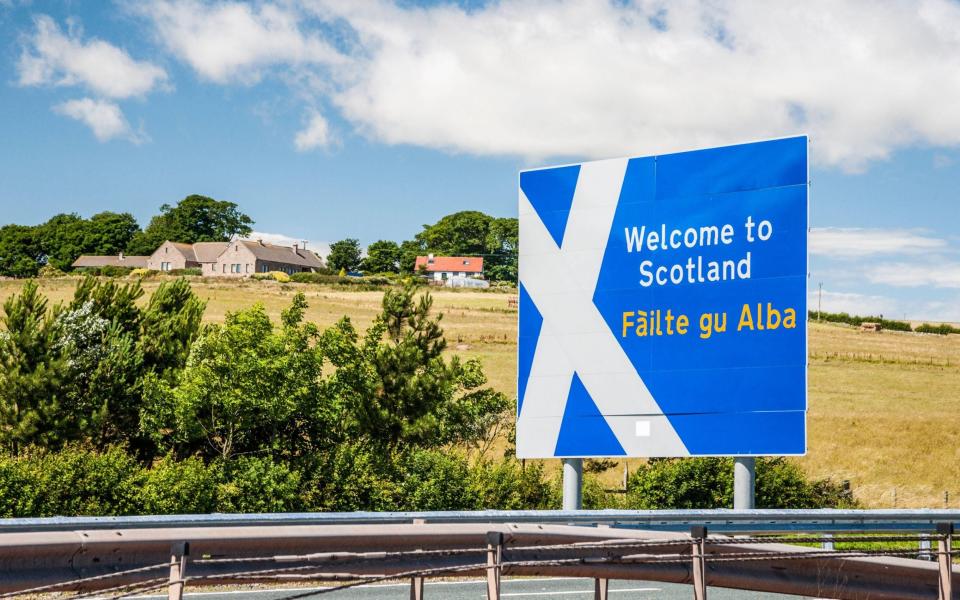
The Scottish border is as unmissable as Berwick’s walls. A vaulting sign soars in a giant Saltire cheerily welcoming me to Scotland. I ease across that line on the map and inspect the English rival sign. Except I can’t – there isn’t one.
English sign makers may not be fans of the border, but smugglers on both sides clearly were. Through the mists I spot the ‘Smuggler’s Bothy’ idling suspiciously above a forgotten bay.
It sprung up here at the height of the smuggling boom in the 18th century that followed the Acts Of Union. John Robertson, a notorious East Coast smuggler, used to spirit in tea using the bothy as a staging post.
On the approach to Eyemouth, Fancove Head is the route’s scenic highlight. Soaring from tumultuous surf it has spelt the end for too many local boats. This is a coast of shipwrecks, broken hearts and shattered lives.
Eyemouth, around the headland, was the site of Scotland’s worst fishing disaster in 1881, when 189 local men drowned. Many perished within sight of shore, safety and their families.
In Eyemouth – which became southeast Scotland’s major port after the loss of Berwick – it seems each generation struggles to comprehend the enormity of that tragedy.
There are three memorials, most striking ‘Widows and Bairns’ pointing out to sea. In sharp bronze relief each of the widows and their wee ones still search for the lost. The tragedy may be scythed into Eyemouth’s collective consciousness, but the local community has driven on. There is still a fishing fleet landing haddock and shellfish, plus an ongoing project to revamp the waterfront for tourism.
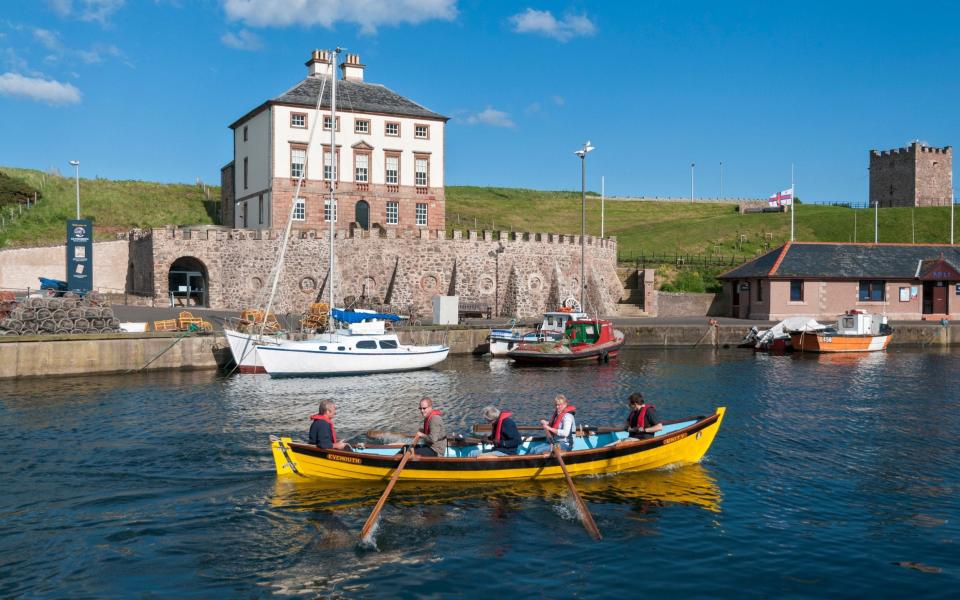
The darker shades of the past in the Border badlands refuse to settle in a shallow grave though. Although I’m sitting outside at the sparkling restaurant, chippie and gelateria run by a dynamic Italian family, the Giacopazzis, on the now sun-kissed revamped section of waterfront, Gunsgreen House looms across the harbour.
John Adam and his family may be celebrated as Scotland’s greatest architectural dynasty, but it’s hard to believe he wasn’t at least a bit suspicious about ‘merchant smuggler’ John Nisbet.
Nisbet fashioned Gunsgreen House like a child might imagine a smuggling lair: hidden compartments, a fireplace eking back to reveal a secret room, the cavernous cellars leading to underground channels and multiple floors connected by a clandestine tea chute.
Dr Derek Janes, a historic advisor to Gunsgreen, conjured up that apposite ‘merchant smuggler’ moniker. “Smuggling goes back a long way around the border,” winks Janes as we peer towards the hulk of Gunsgreen.
“Even the first cross-border train in the 1840s was stopped and searched for illegal whisky. Nisbet joined the small army of smugglers peddling all sorts of contraband from the Low Countries, Norway and the Baltic. At one time smuggling was just what you did and it’s said more business was done below ground in the cellars and secret passageways than above.”
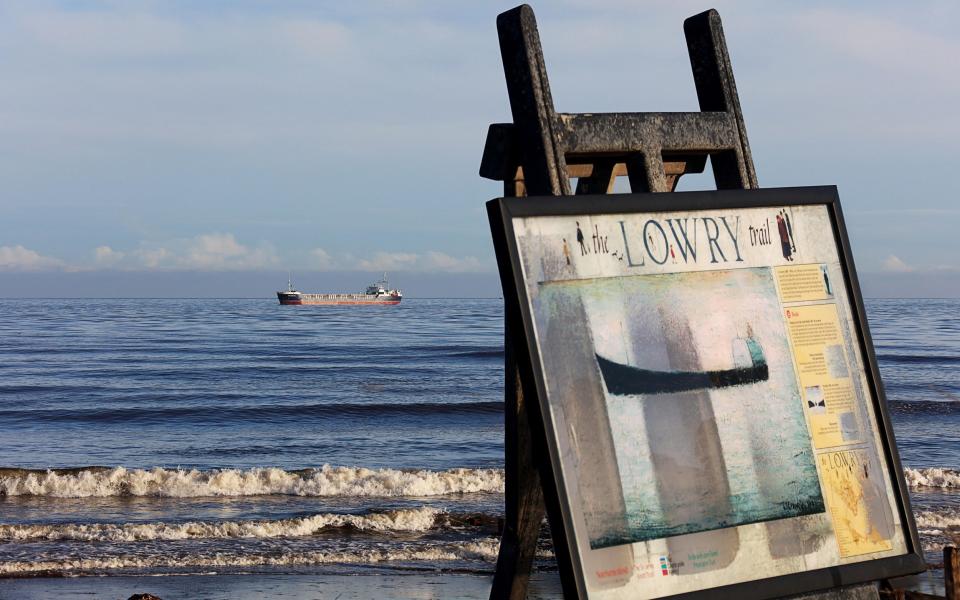
In the 18th century the closest Scottish customs house was in Dunbar 20 miles north. I naively conjure up scenes of savvy smugglers sneaking around the tight wynds of Eyemouth’s old town while Keystone Cops excisemen give comical chase.
The reality was darker, as Janes reveals: “They would have used force if they had to. And some parts of the system were in on it. We’re talking everyone from some excisemen, through to potentially John Nisbet’s clerk, who was the nephew of Daniel Dow, customs officer at Eyemouth.”
Gunsgreen House is currently closed to the public. I hope it’s because they’ve rekindled nefarious dealings in the cellar, though they tell me it’s more prosaic: storm damage. You can still stay in its self-catering accommodation and embrace the ghost of Nisbet with a shot of their Gunsgreen Gin – smuggled across the border from a Northumberland distillery – and tuck into the ‘Smugglers of St Abbs’, a Victorian novel that talks of a ‘Mr Jessop’ in his grand Eyemouth house. Surely Nisbet and Gunsgreen.
To Eyemouth’s north the Berwickshire Coastal Path continues on its epically scenic way to New Asgard, or at least St Abbs, the postcard-pretty old fishing village that has starred in a Marvel movie.
A light-hearted, official-looking road sign marks the connection in this border country world of signs, where a lack of signs reveals too.
There are further signs in the border country’s hinterland. I find exhibits pointing to clandestine Jacobite intrigue at nearby Paxton House, another Palladian masterpiece from the Adam family.
Paxton overlooks the Union Chain Bridge – the world’s oldest suspension bridge still carrying road traffic – where another of those cheery Scottish welcome signs greets.
England ruins the continuity with an actual sign this time. A muted one, but a sign nonetheless. In border countries, you can look for patterns, for consistency, but those frissons continually emerge from the irrepressible friction between these two ancient countries.
For more information, visit Scotland Starts Here

